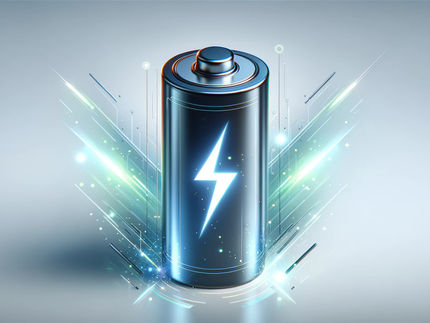NRL's Ion Tiger sets 26-hour flight endurance record
The Naval Research Laboratory's Ion Tiger, a hydrogen-powered fuel cell unmanned air vehicle (UAV), has flown 26 hours and 1 minute carrying a 5-pound payload, setting another unofficial flight endurance record for a fuel-cell powered flight. The test flight took place on November 16th through 17th.

Ion Tiger set a 26-hour flight endurance record on November 16 through 17.
Naval Research Laboratory
The electric fuel cell propulsion system onboard the Ion Tiger has the low noise and signature of a battery-powered UAV, while taking advantage of hydrogen, a high-energy fuel. Fuel cells create an electrical current when they convert hydrogen and oxygen into water and heat. The 550 Watt (0.75 horsepower) fuel cell onboard the Ion Tiger has about four times the efficiency of a comparable internal combustion engine and the system provides seven times the energy in the equivalent weight of batteries. The Ion Tiger weighs approximately 37 pounds and carries a 4- to 5-pound payload.
The Ion Tiger fuel cell system development team is led by NRL and includes Protonex Technology Corporation, HyperComp Engineering, and Arcturus UAV. The program is sponsored by the Office of Naval Research.
This latest flight test improves on Ion Tiger's previous unofficial flight endurance record of 23 hours and 17 minutes that took place on October 9th and 10th.
NRL has now demonstrated that PEM fuel cell technology can meet or surpass the performance of traditional power systems, providing reliable, quiet operation and extremely high efficiency. Next steps will focus on increasing the power of the fuel cell to 1.5 kW, or 2 HP, to enable tactical flights and extending flight times to 3 days while powering tactical payloads.
Other news from the department science
Most read news
More news from our other portals
See the theme worlds for related content
Topic World Battery Technology
The topic world Battery Technology combines relevant knowledge in a unique way. Here you will find everything about suppliers and their products, webinars, white papers, catalogs and brochures.

Topic World Battery Technology
The topic world Battery Technology combines relevant knowledge in a unique way. Here you will find everything about suppliers and their products, webinars, white papers, catalogs and brochures.




























































